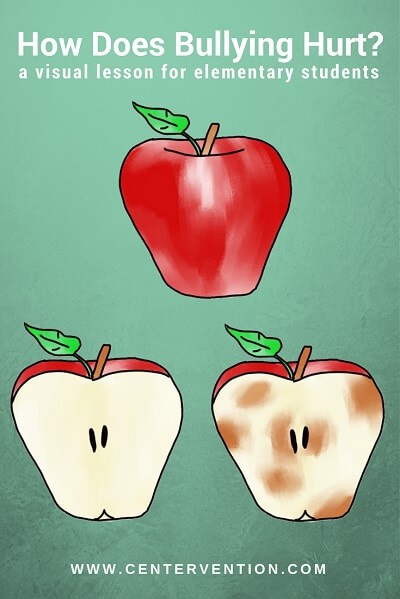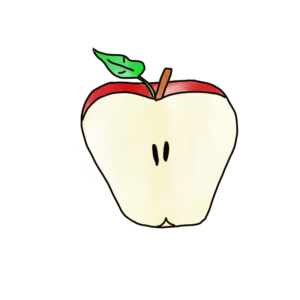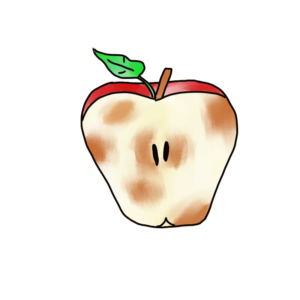Most students know that bullying is bad, and yet bullying still happens in our schools every day.
When we say hurtful things to other people, we often can’t see the damage that we’re doing on the inside. Our classmate may appear fine, but they’re really hurting. On the other hand, kind words can be used to build someone else up, and make them feel beautiful on the inside.
These bullying lessons use apples to provide a memorable, visual to show the damage that can be done with harsh, unkind words.
Recommended Grade Level: All
SEL Skill(s): Empathy
Duration: 30 Minutes
Materials:
- 2 Apples as similar as possible, so your students shouldn’t notice any difference
Bullying Lesson Instructions
Prep: About an hour before the lesson starts, and unbeknownst to your students, firmly tap one of the two apples on a table or your desk.
This will create invisible bruises underneath its skin, but as you look at the apple, you should not be able to see the bruising.
Gather your students in a group, either in person or via distance learning, and hold up two apples.
“Who can describe these two apples to me? How are they the same?” “They’re both red,” students may suggest. “They’re both shiny. They’re about the same size.”
Ask your students if they notice anything different about the apples. After establishing that the apples look pretty much the same, start to insult one of the apples.
“Well, I don’t really like this one, here,” you’ll say. “I think it’s a gross apple. It probably doesn’t taste very good. And since I don’t like it, I don’t think you guys would like it either.”
Pass (or show) that apple to a student and have the student tell the apple what he doesn’t like about it. Continue going around to all of your student and have each one share an insult:
- You’re a bad apple.
- You probably have worms.
- I should just throw you away.
Now hold up the other apple. “This is my favorite apple. It looks so beautiful and juicy. I bet it tastes so good. I can’t wait to eat it.”
Show this apple to the group and have students say nice things about it.
- You’re a delicious apple.
- Your skin is so shiny.
- I bet you’d make a great apple pie.
When both apples have come back to you, hold them up again and ask students if they still look the same. Their appearance hasn’t changed, right?
Now cut each apple in half.
Let your students react to the two apples. Why does one look so different on the inside than the other one?
Bullying Lesson Reflection
What could we have done differently to stop the apple from becoming so bruised? If someone had stood up and said we should stop being so mean to the apple, would it have gotten that bad?
Now that the bullied apple is damaged, is there anything we can do to make it clean and unblemished again? No matter how many kind words we say to this apple now, we can’t make these bruises go away. In the same way, we can make a person who has been bullied feel better, but they’ll always have the memories of the hurtful things.
This is a great time to introduce (or reinforce) the vocabulary term “empathy,” or seeing things from another person’s point of view. Ask your students how they would have felt to be the bullied apple and how it would feel to be the beautiful apple. What are some ways we can show each other empathy every day?
Additional Resources
Books and Games
- Totem: the feel good game
- The Juice Box Bully by Bob Sornson and Maria Dismondy
- Kindness Starts With You – At School by Jacquelyn Stagg
- A Little SPOT of Kindness! by Diane Alber


